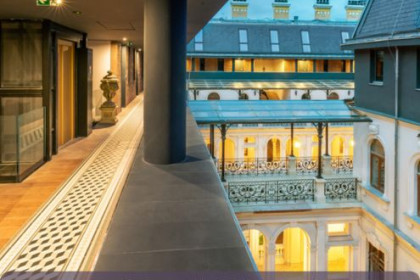The Bauhaus home and interior design
The Bauhaus home and interior design
Founded originally as a school of design in Germany Bauhaus has impact on not only architecture, but art and industrial design too. The rules of architecture back before the WW2 was originally designed to cater for the social housing crisis and provide functional solutions. When we think of Bauhaus style, the mind usually wanders to thoughts of minimalist and modern house structures. While this may be true in some respects, there are many wonderful homes built today that pay homage to one of the greatest design movements in history.
Functional and Anti-ornament
Maybe the most important teaching by the Bauhaus school was to reject the ornamentation and lavish decorative qualities of the previous architecture and design trend. Bauhaus design is practical and functional, and every aspect of the designe must have a use. This is fairly logical as before this time, the upper class societies in Europe favoured the Art Deco style, full of whimsical, over-the-top details.
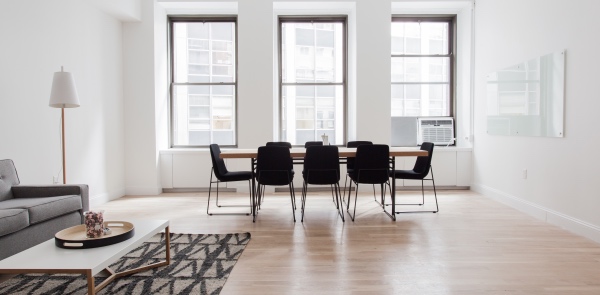
Monochrome and geometrical
In rejection of the Art Deco, the Bauhaus movement was also dedicated to leave this exaggerating style of design behind, by pursuing a pragmatic version for architecture, interior design, furniture, art and even graphic design. In this example, a striking contrast between black and white can be seen and has been executed to great effect. The colour and material palette in Bauhaus is always monochromatic, with the only acceptable pop
of colour coming from the primary tones—blue, yellow and red such as the noted Wassily Kandinsky's art shows.
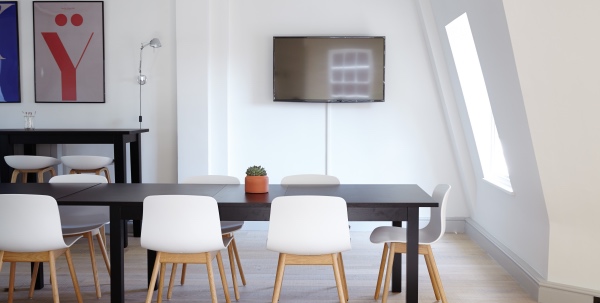
Minimalist or hand-made
Both the internal and external layout of a house could be open and well laid out, making best use of the available space. This was especially important in social housing situations where only a limited amount of square metres could be dedicated to each occupant. Why? Because it's not the overall mass that makes a difference, but the space that is housed inside. This theory applies to every element inside the house, inclusive of the furniture.
Minimalist or hand-made
|
Both the internal and external layout of a house could be open and well laid out, making best use of the available space. This was especially important in social housing situations where only a limited amount of square metres could be dedicated to each occupant. Why? Because it's not the overall mass that makes a difference, but the space that is housed inside. This theory applies to every element inside the house, inclusive of the furniture. The principles of Bauhaus served as a core inspiration for modern minimalist designs which means that even nearly 100 years on, their forward thinking designs are still being praised. |
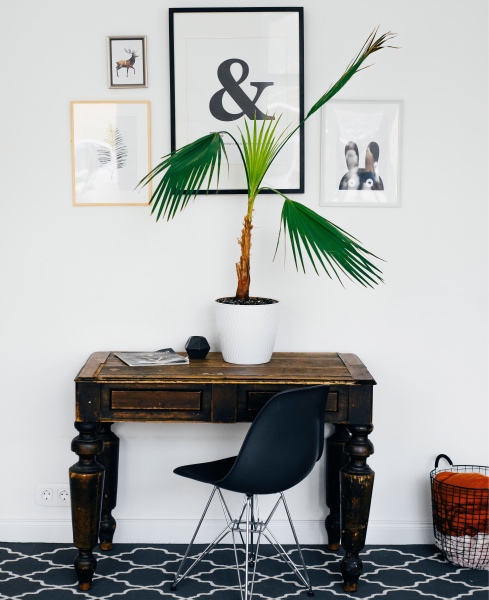 |
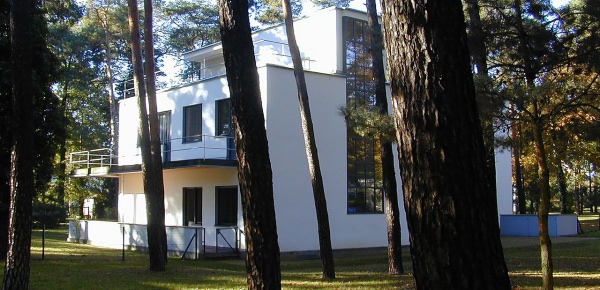 |
While some may percieve Bauhaus style as somewhat boxy, its doctrine of using streamlined curves and shapes were in order to avoid space wastage or poor spatial layout which excercise is still common in both residential and commercial architecture. Where possible, it was also encouraged to make the building as unobtrusive as possible to the landscape it was situated upon such as in the case of this house in the woods. |
